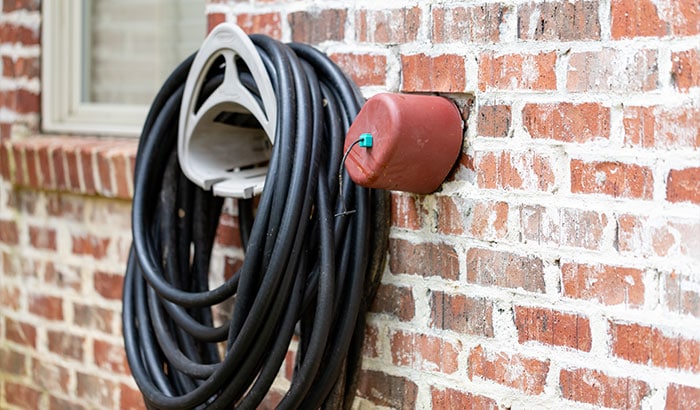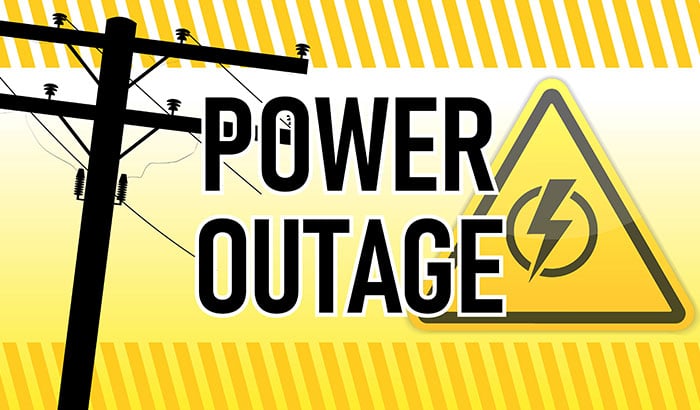
What Makes Black Diamond Restoration Different?
Experiencing a fire or any other disaster is devastating and that’s why Black Diamond Water Damage & Disaster Restoration is here to help with disaster

Experiencing a fire or any other disaster is devastating and that’s why Black Diamond Water Damage & Disaster Restoration is here to help with disaster

Mold isn’t something you want growing in your home, and you can identify it more quickly by knowing the most common places mold grows. In

There’s a chill in the air, and the nights are getting colder as we approach winter and frozen pipes become a real concern. Basement pipes

A first-aid kit is something you don’t think about until an emergency strikes, so how do you know when it’s time to update your first-aid

Fall is here, and cleaning your rain gutters of leaves and other debris is probably one of many items on your growing to-do list. With

As you know, mold effects can take a serious toll on your health. Here are 3 myths and 3 facts about mold’s effects on your

You’ve heard that mold can be dangerous and hazardous to your health, but there are many things about mold you might not know. Sometimes mold

Water can cause serious and expensive damage to a house. Here are 5 tips to prevent water damage to save you some stress and money.

When you’re experiencing a power outage, most people assume the power will be restored within a few hours. But this isn’t always the case. Power

Many homeowners take home fire prevention seriously, yet they have their fair share of garage fire hazards without even realizing it. Your home is equipped